Almost everyone knows the Alchemical Door in Rome, but there is another one in the region Lazio, in Rivodutri. Let’s start from this “treasure” to tell you about mysteries, enigmas and little-known curiosities about the Reatine Valleys.
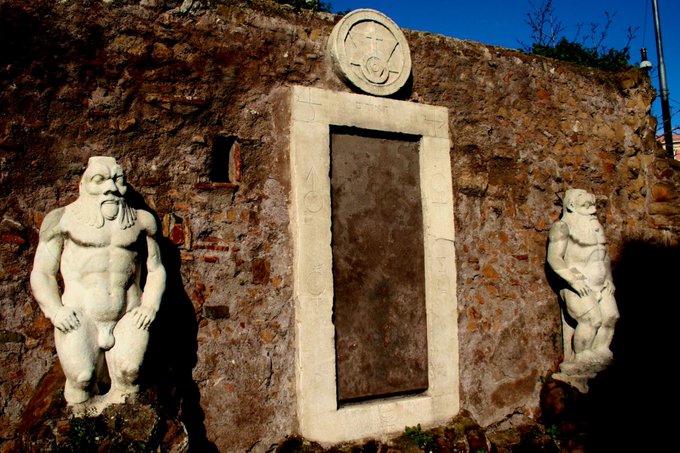
Porta Alchemica in piazza Vittorio a Rome
So we were talking about the Alchemic Door in Piazza Vittorio Emanuele II. It is the only one still visible of the five entrances to Villa Palombara, built at the end of the 1600s by the Marquis Massimiliano Savelli Palombara, an alchemist. The enigmatic inscriptions were probably inspired by a pilgrim searching for plants that produced gold in the garden of this villa. Suddenly, he disappeared leaving traces of pure gold. Many think it could be the heretical alchemist Francesco Giuseppe Borri, who disappeared after crossing the Alchemic Gate of Villa Palombara, where he took refuge to escape the Holy Inquisition. In addition to the straws of gold, he left some alchemical formulas, later engraved by the Marquis on the door, probably instructions for creating the Philosopher’s Stone.
Many have tried to understand the messages on the entrance of the Magic Door, the Hermetic Door or the Door of Heaven. The seal of David refers to the Rosicrucian sect, while the alchemical symbols on the sides to the planets associated with metals. the Marquis launched a challenge many centuries ago: whoever manages to decipher the symbols of the Alchemical Door will discover the secret of the Philosopher’s Stone!

Porta Alchemica in Rivodutri
There is a second Alchemical Arch in Rivodutri. Since the year one thousand the village is being immersed in the lakes Lungo and Ripasottile Natural Reserve.
In the historic centre of Rivodutri, a portal stands with cryptic bas-reliefs carved on limestone, full of symbols and inscriptions of alchemical, mythological and sacral nature. Still today shrouded in an aura of mystery, the theological themes of the Jesuits mix with kabbalistic symbols and scenes taken from the New Testament. In the panels, some Greek myths are intertwined with the alchemical ones of the Renaissance. And as in an old silent movie, the stories of Mercury, the Phoenix and the Alchemical Opus, the allegories of the seasons and the four natural elements, fascinate us, leaving doubts about the interpretation and meaning of the work.
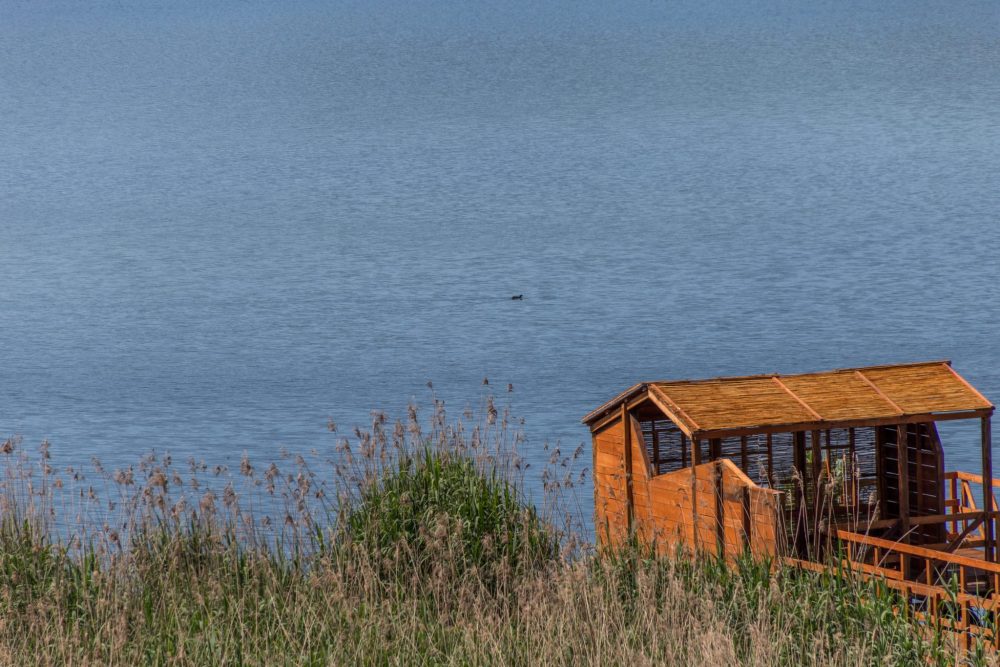
Birdwatching at the Lungo and Ripasottile lakes reserve
Built between 1500 and 1600, the Holy Door of Rivodutri opens onto a garden with a panoramic view of the Reatine. Right here, between Greccio and Poggio Bustone, the Lungo and Ripasottile Lakes Nature Reserve lies, a humid area ideal for birdwatching. Several species of birds nest here, flying over reeds and yellow water lilies with showy blooms on the water surface. And then willows, elders, poplars and hop shrubs, traditionally used in local recipes. In the two lakes, Lungo and Ripasottile, rudd, pike, tench and eel coexist, while the stream trout wags its tail in the canals.
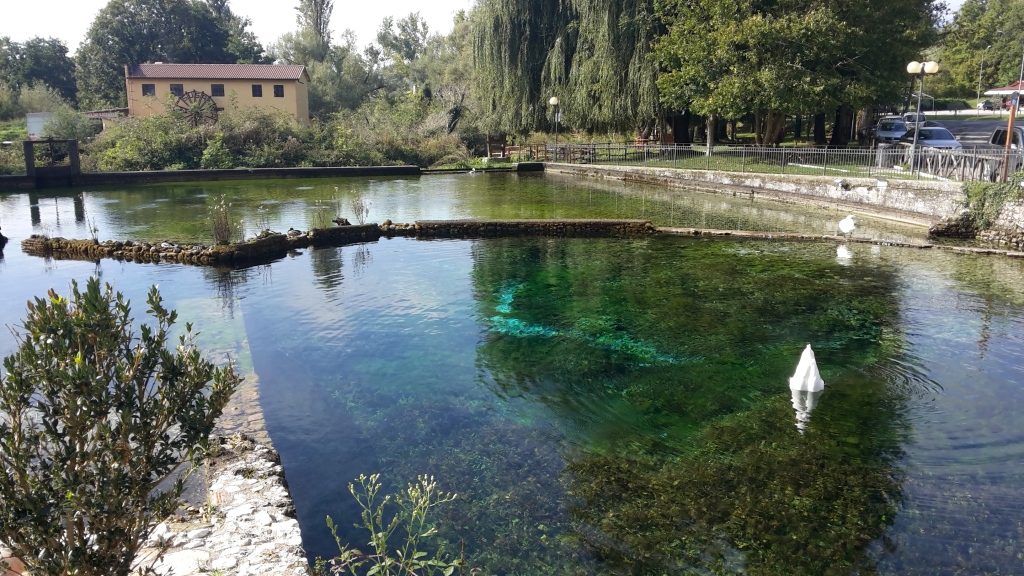
Santa Susanna Springs
Fascinatingly leaning against a cliff, Rivodutri hides other secrets. Nestled in the Reatini mountains, between the Beech and the Church of San Francesco, at an altitude of 1000 metres, the Santa Susanna Springs are sparkling, a natural monument since 1977. It looks like the fantastic world of Narnja, but we are in the heart of Italy! It is said that here mothers who gave birth drank the spring water to get plenty of milk. Freshwater fish abounds in these crystalline waters with a triumph of typical dishes, such as sesame carp.
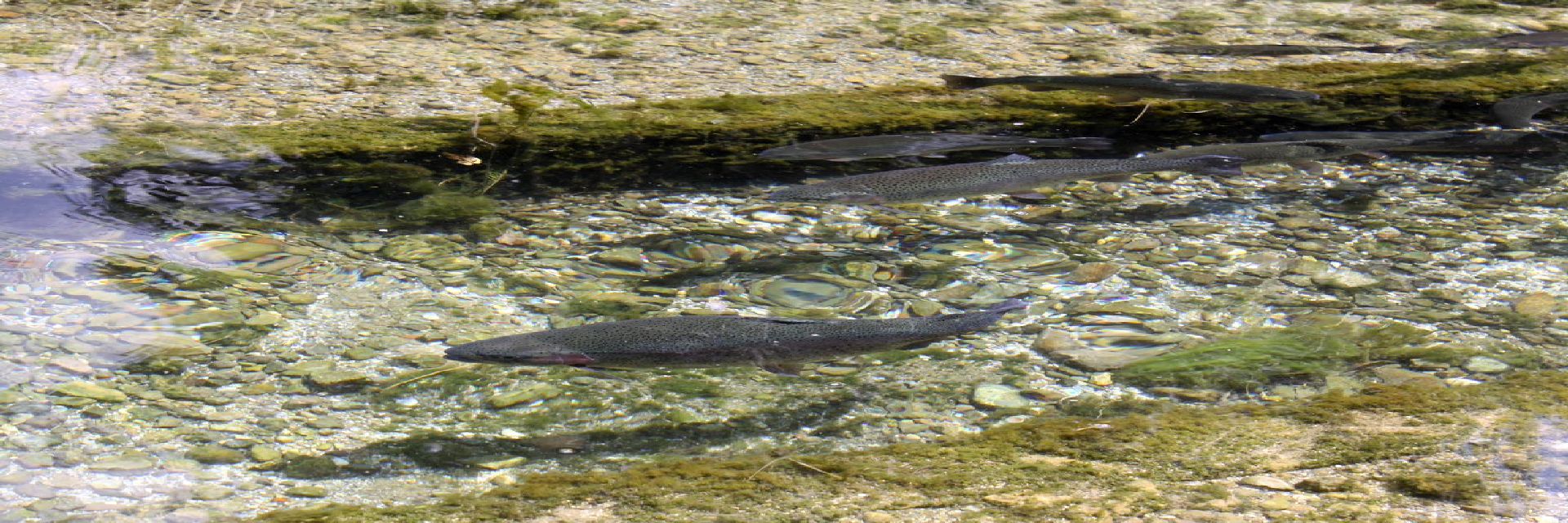
River trout
The river trout is the queen of the clear and icy waters of Santa Reatina Valley, with its delicate flavour, an inspiration for modern reinterpretations of ancient recipes, such as the trout in oil with aromatic herbs or in a potato crust.
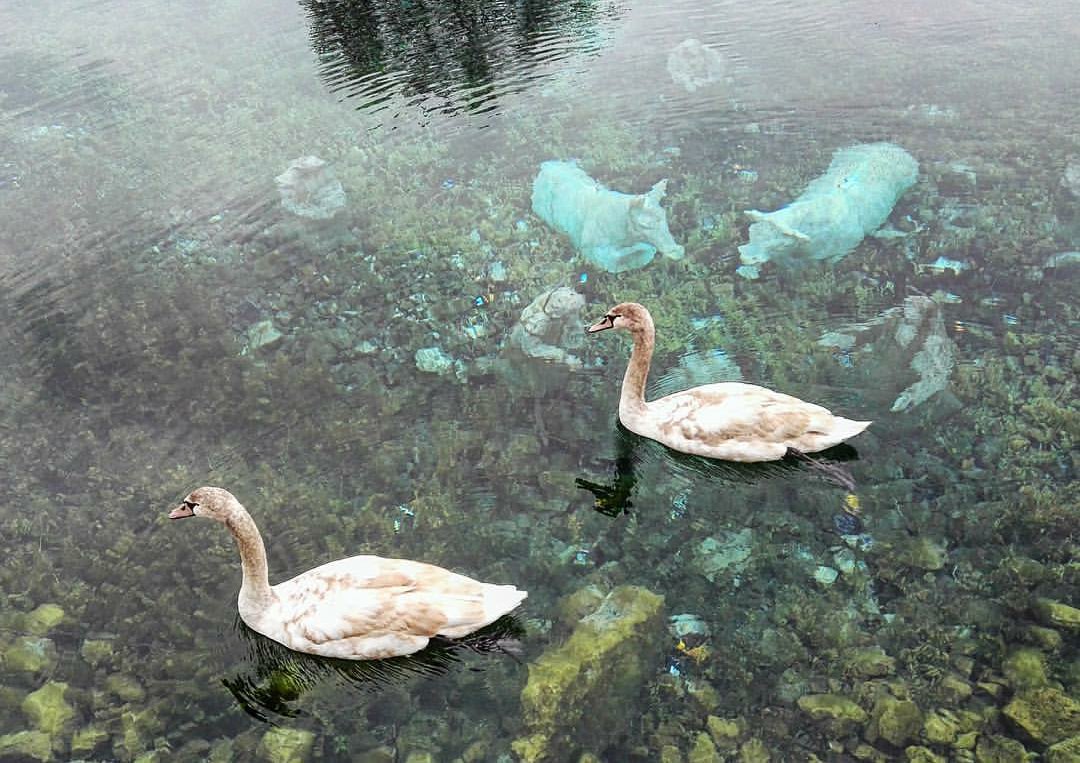
Underwater Nativity Scene in the Santa Susanna Springs
In this aquatic Eden a secret is hidden, the miracle of the Birth of Jesus, celebrated underwater! There are few underwater Nativity Scenes in Italy and this is the only one in a natural spring. For over 20 years, the fiberglass Nativity statues, approximately 1.30 meters high, have been placed on the seabed and illuminated also at night.
Can you imagine the emotion? We are so pervaded by it! And now it’s time to have a snack!
No one knows whether Gricia or Amatriciana came first. From the ingredients of the two sauces, it might seem that gricia was born first, but let’s get to know them better.
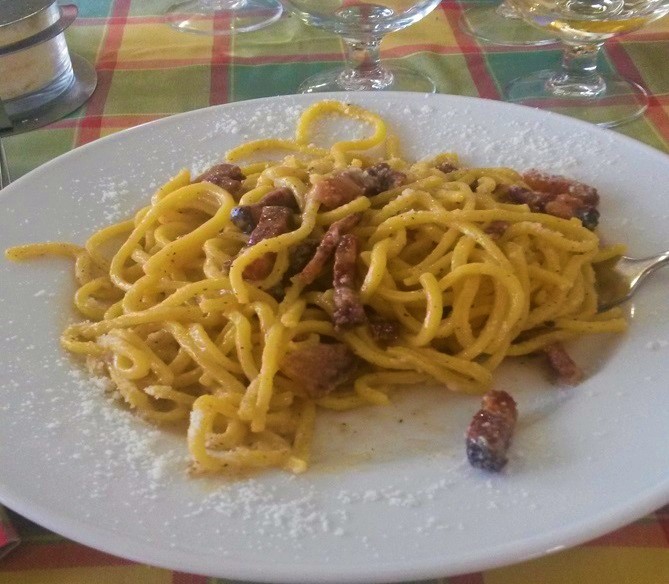
Pasta alla Gricia
Since ancient times, the favourite places to taste these two recipes were the taverns, those “down-to-earth” restaurants in the Ancient Rome. It is said that in 400 AD. the pasta alla gricia, today called “amatriciana in bianco“, was prepared for the first time in those taverns.
The name “gricia” probably comes from the Grici, the bakers who emigrated to Rome from the Swiss canton of Grisons and made bread-making an art, whose secrets were handed down only from father to son and, above all, never to the Romans. The shop was also their home and, when hungry, they prepared simple dishes, such as gricia.
Other experts think that gricia was born in Grisciano, the small hamlet of Accumoli, from which the delicious recipe was exported to Rome.
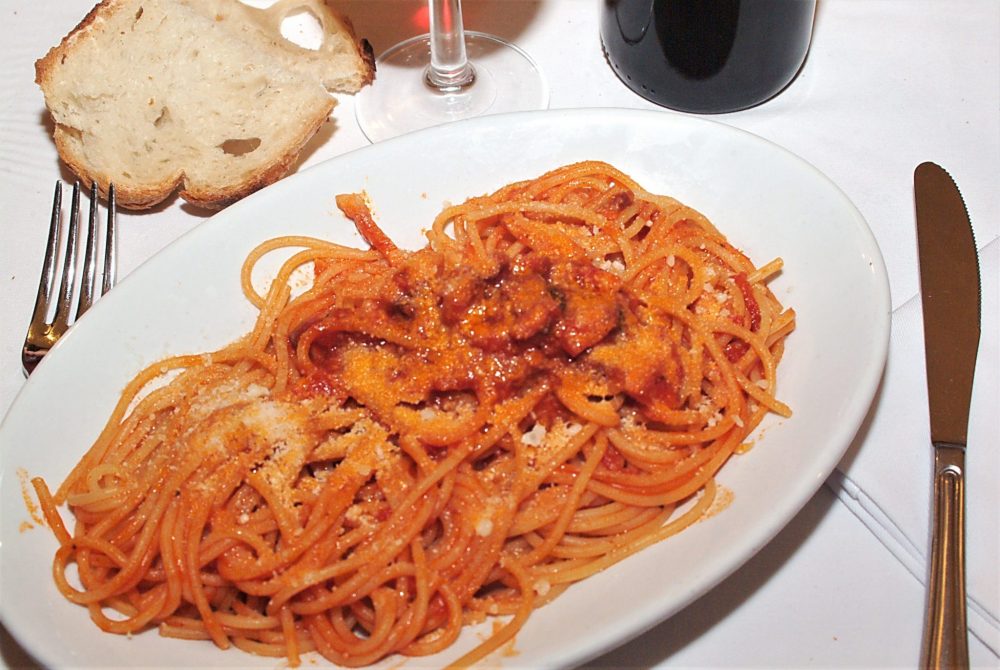
Spaghetti all’amatriciana
In fact the pasta all’amatriciana was born 15 km from Grisciano, a symbolic dish of Italian cuisine originating from Amatrice. we could call it “gricia al pomodoro” , because the tomatoes for the sauce arrived in Europe from America only many centuries later!
And now let’s begin our journey to the Heart of Italy!
